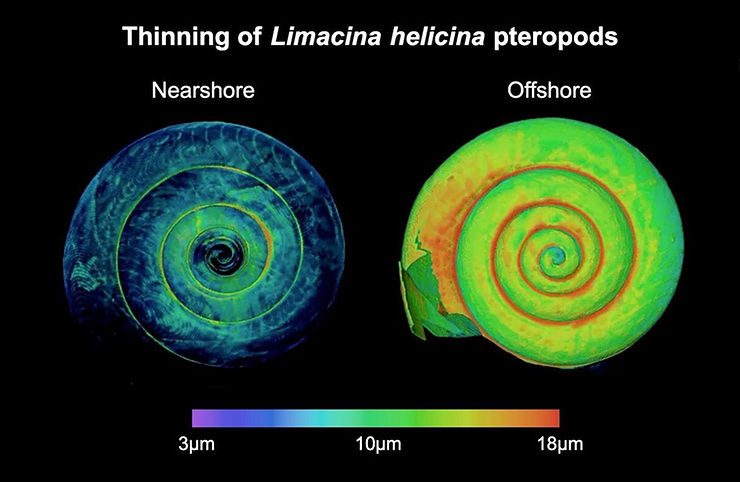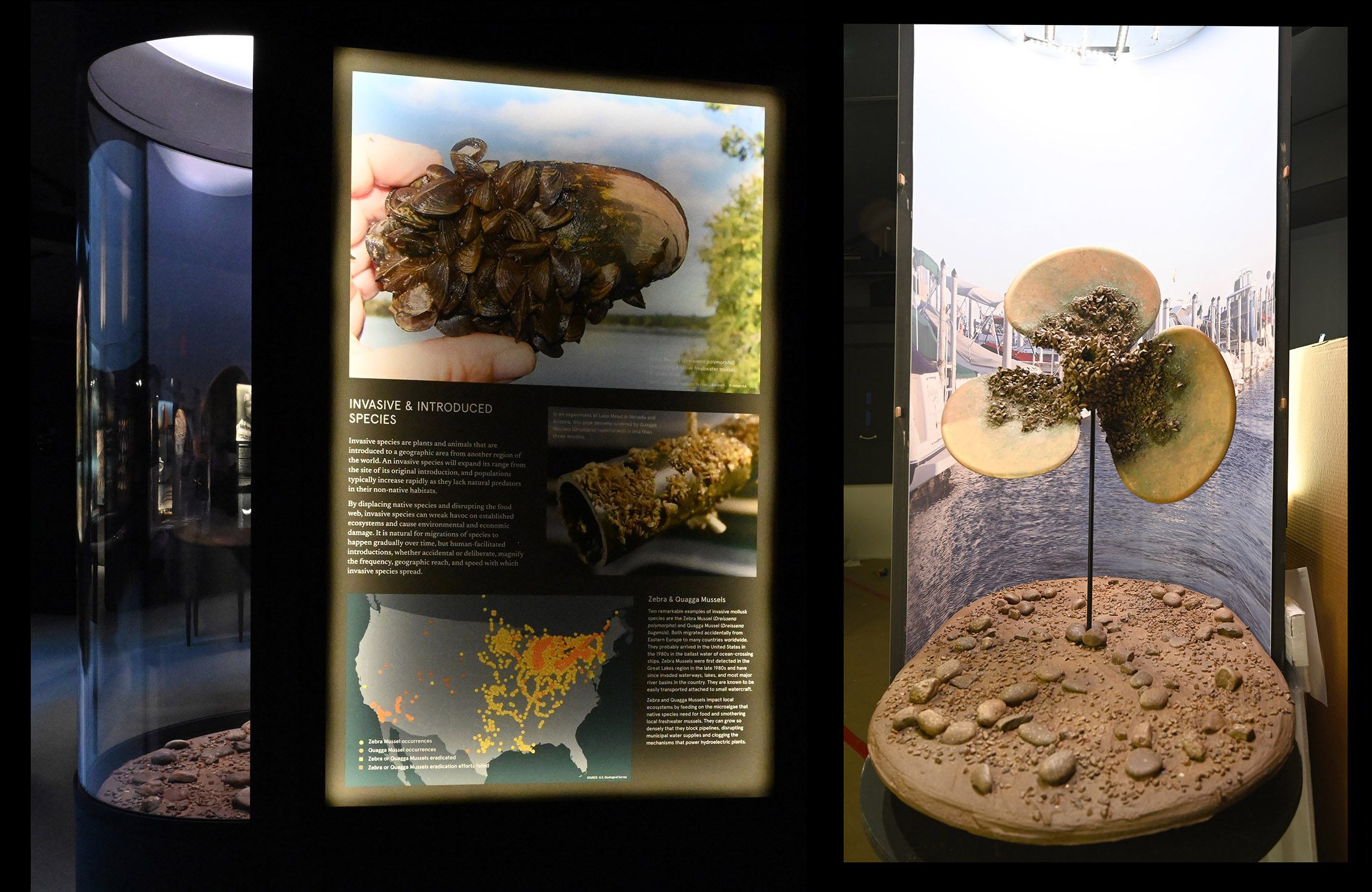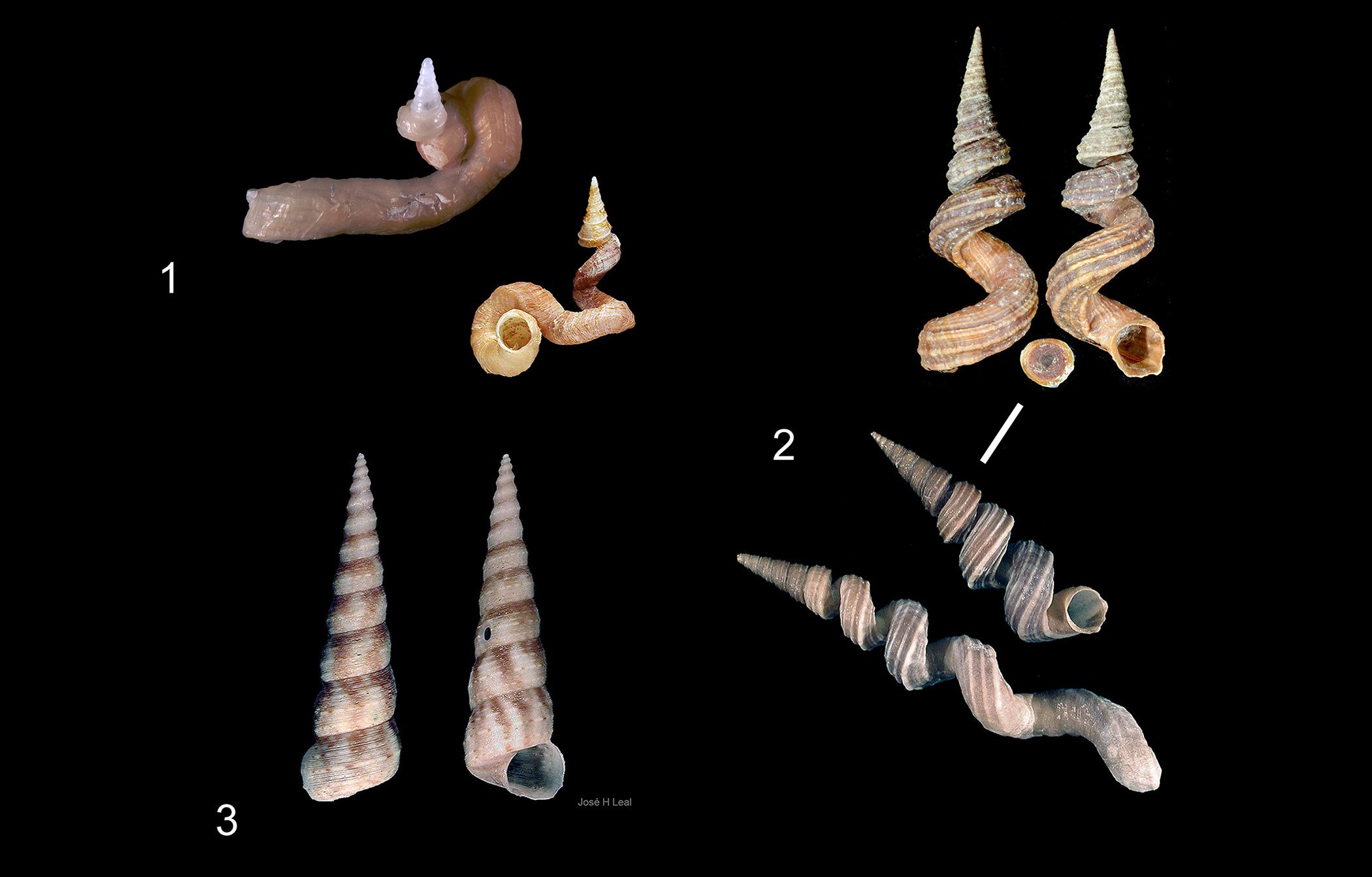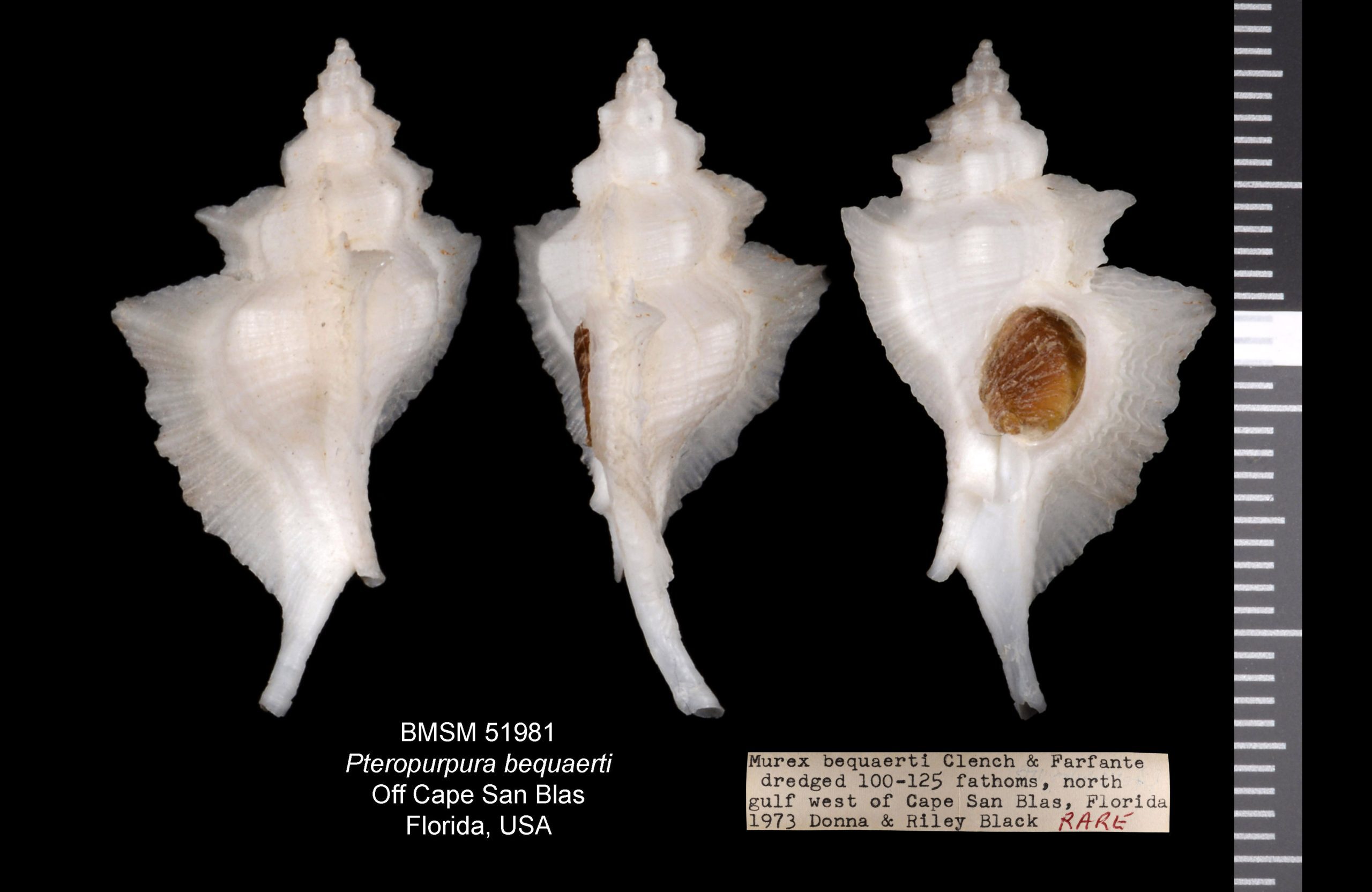A study published this month in the journal Science Reports shows that open-water gastropods known as sea butterflies (Limacina helicina) living along colder, more acidic, coastal waters make thinner shells when compared to their relatives from offshore waters. Some snails of this species growing in acidic, carbon dioxide-rich water actually show clear signs of dissolution. This again confirms a couple of decades of studies showing that ocean acidification affects shell-making and the ultimate survival of molluscan species. Molluscan shells are particularly susceptible to increased ocean acidity.

(Difference in thickness between two specimens of the pteropod Limacina helicina, one collected in more acidified coastal waters, the other collected off shore, that were analyzed as part of a new study published in Science Reports. Credit: Lisette Mekkes, Naturalis Biodiversity Center.)
Small, open-water gastropods that are crucial links in open-water food webs, such as sea butterflies, were the first ones showing the effects. Other “canaries in the coal mines” indicative of the effects of acidification are the critical larval stages of commercial and cultured bottom-living species such as, for instance, oysters and scallops. Such topics were covered in the Mollusks in Peril Forum held at the Museum in May 2016. So much research on these topics has been published since then that it may be high time to organize a new Mollusks in Peril Forum, after the Pandemic restrictions are lifted? Read more about the recent Scientific Reports paper here.


